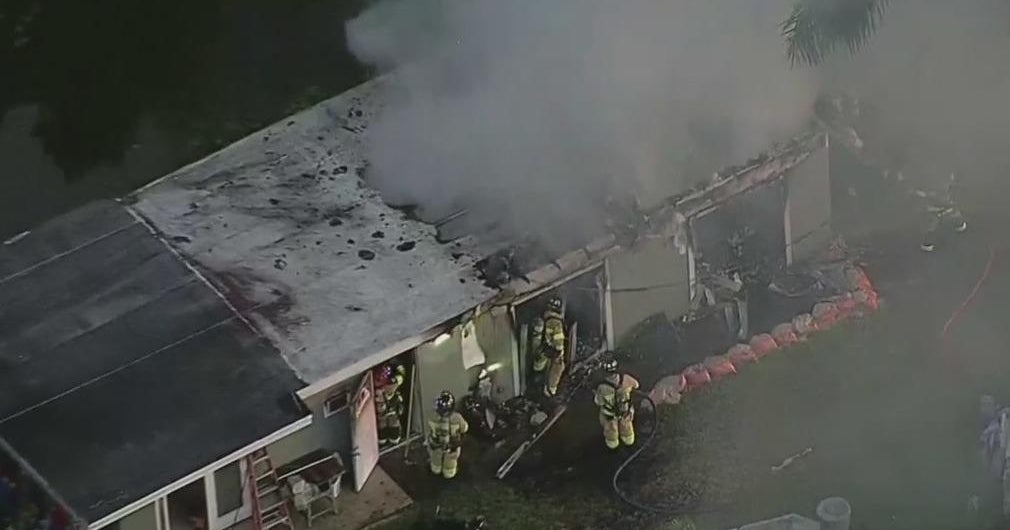Many Cleaning Products Said To Contain Toxins
Sept. 10, 2012 -- Household cleaning products may contain toxic substances linked to health problems such as asthma, allergic reactions, and cancer, according to a new report by the Environmental Working Group.
The environmental group rated more than 2,000 household cleaners -- from laundry soaps and stain removers to bathroom cleaners and floor care products. Products are graded A to F based on the safety of the ingredients and how well the maker discloses those ingredients.
One industry trade group disputes the findings, though, saying the report doesn't make the grade.
According to the EWG report, more than half the products evaluated contain ingredients known to harm the lungs. In other cases, it was difficult to figure out what was in the product because of incomplete labeling.
"Companies are still hiding information from us, and we have a right to know what we are buying," says Rebecca Sutton, PhD, a senior scientist at EWG involved in compiling the report.
"Ninety-three percent [of the products] provided ingredient lists that were incomplete or not specific enough," she says. "We were surprised to see a few 'green' brands were still a little cagey about their ingredients.”
The 'Wild West'
Cleaning products are largely unregulated, says Sutton, calling it a ''wild West'' situation.
"It's a largely self-policing industry," she says. One exception is that the EPA requires a product that is antibacterial to disclose the name of the antibacterial used, she says.
Sutton does see improvement. While the report was in progress, she learned that some companies are reformulating their products with an eye to health.
And some cleaning products did get high marks. Among the many products that received an A rating:
- Whole Foods Market green MISSION Organic All-Purpose Spray Cleaner & Degreaser, Lemon Zest for general cleaning
- Arm & Hammer Baking Soda for general cleaning
- Seventh Generation National Tub &Tile Cleaner, Emerald Cypress & Fir
- Green Shield Organic toilet bowl cleaner
- The Honest Co. auto dishwasher gel, free & clear
Still, a spokesman for the American Cleaning Institute, an industry group, called the guide a “disappointing scare campaign.”
"It distorts information about products," Brian Sansoni says. "It could mislead people."
EWG Guide: Details
It took 14 months to compile the guide. EWG scientists compared the ingredients listed on the labels of cleaning products and manufacturers' web sites with information from toxicity databases from government, industry, and academic sources. They looked at medical literature on health and environmental problems linked with cleaning products.
Among the key findings, according to EWG:
- About 53% of the products had ingredients known to harm the lungs. Examples are benzalkonium chloride, found in antibacterial cleaners, and chlorine bleach.
- About 22% had chemicals linked with asthma in previously healthy people.
- Some products use formaldehyde, a known human carcinogen, as a preservative, or it is released by other preservatives in the products.
- The chemical 1,4-dioxane, suspected of being a human carcinogen, is a common contaminant of detergent chemicals.
- Chloroform, also a suspected carcinogen, can escape in fumes released by products containing chlorine bleach.
- Sodium borate, sometimes called borax or boric acid, is added to many products. It can be a hormone disrupter.
EWG scientists suggest entirely avoiding some products because of ingredients. These include air fresheners, antibacterial products, fabric softeners, and caustic drain cleaners and oven cleaners.
Even some ''green brands'' could do better on disclosing ingredients, the report states. Among them: Earth Friendly Products and BabyGanics.
More Industry Feedback
"We are certainly addressing the issue [of label disclosure]," says Kelly Vlahakis-Hanks, vice president of Earth Friendly Products.
"Our European labels already have the disclosures," she says. "The U.S. labels will have it by the end of the year."
Lindsay Joyce, a spokeswoman for BabyGanics, says it is unfortunate that the EWG has deemed their descriptions inadequate.
One problem, she says, is a lack of uniform industry standards. "All BabyGanics products contain ingredient statements, including our household, hand hygiene, diapering, skin care, sun care, and oral care solutions. The household product category remains the only one that still does not have a uniform set of industry standards."
In a statement, Sansoni of the American Cleaning Institute says: "It is a fact that anything can be safe or unsafe -- it all depends on the amount. Manufacturers work to ensure that they use levels of ingredients that are 'just right' -- in that they provide a benefit in the products, but at the same time are safe."
EWG Guide: How to Use
The cleaning products are categorized in the online guide into nine types.
Consumers can check out a product they already use, Sutton says. They can also use the guide to help them shop for less toxic choices.
Another option, Sutton says, is to make your own cleaning products from white vinegar and water, for instance.
The full report is online at www.ewg.org/guides/cleaners.
 WebMD Medical News
WebMD Medical News


